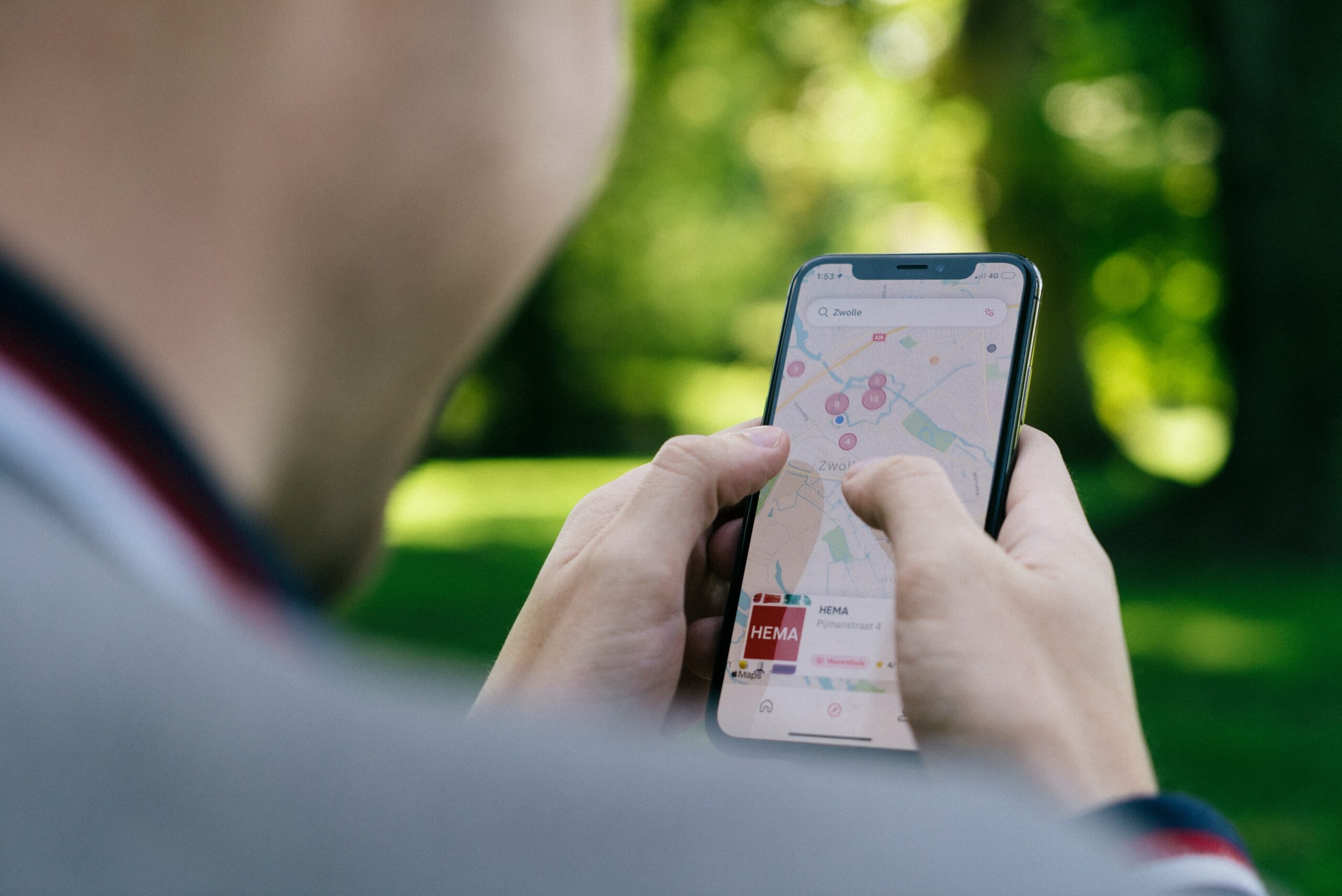Imagine you leave your smartphone in the cabin and then realize that it stays there for the next few days and flies on "unaccompanied".Image: Shutterstock
A lost mobile device lived up to its name and gained frequent flyer status in just a few days. But the case raises questions.
Leaving your cell phone on the plane is extremely annoying, but not the end of the world. But the present case makes you sit up and take notice: A woman's iPhone remained undetected in a seat in business class for days and flew on "unaccompanied". Among other things, this raises uncomfortable questions about flight safety.
It happened to a woman from Australia, as we know thanks to her husband, who made the case public on an Australian frequent flyer forum and calls himself "rugby".
The user describes how the iPhone from “Mrs. Rugby" in an Airbus A330 of the airline Qantas first flown from Sydney to Auckland (New Zealand) and back again, from there it went to Honolulu in Hawaii and finally back to Sydney and Auckland.
Mrs. Rugby's husband – as he calls himself – could only watch the iPhone's unwanted journey. After all, thanks to Apple's "Where Is" network, he could see where it was. However, since Airplane Mode was on, he was unable to make a call or send a text message to alert other passengers or flight attendants to the device.
There it was, the lost iPhone, at gate 33. screenshot: australianfrequentflyer.com.au
How was that possible?
The flight mode activated by Mrs. Rugby, which deactivated the cellular connection, probably ensured that the iPhone could be traced at all. However, some users in the aviation forum were surprised why remote localization was still possible.
According to reports, this can be explained by the fact that the iPhone automatically contacted other Apple devices (which were also on the plane or within Bluetooth range on the ground) via Bluetooth Low Energy (BLE). These devices then forwarded the location to the "Where is?" service.
The wireless earplugs AirTags can also be detected according to the same principle – but unlike the iPhone, they offer no other connection option.
Mobile phone in the seat: risk of fire
At the same time, the frequent flyer forum also discussed whether it was not grossly negligent that the airline and the cleaning staff did not notice the iPhone for days. It recalls the 2016 case of a lost iPhone that caught fire in business class on a Qantas flight between Los Angeles and New York.
That mobile device had slipped into a seat and while searching for it, reclining the seat, it was bent, causing the lithium-ion battery to ignite. According to the investigation report, a crew member managed to put out the "glow" (in the seat) with a fire extinguisher.
The latest case of a smartphone lost on a plane also had a happy ending – thanks to the internet:
In the Australian frequent flyer forum there was someone who established contact with the airline or worked there himself. Eventually, Mr Rugby received a phone call saying he could pick up the missing iPhone at Sydney Airport.
Commenters reminded that great care must be taken when searching for a missing smartphone (or tablet) on board an aircraft. Rapidly advancing and retracting seats is discouraged.
PS: Should anyone else claim that iPhone batteries would quickly wear out. 😉
IPhone theft and Apple's Activation Lock
How Apple made history
1/25
How Apple made history
Battery fire hazard. You do that in an emergency.
You might also be interested in:
At its I/O developer conference on Wednesday evening, the tech group gave an outlook on the future.
Google relies on artificial intelligence to make its services and devices more attractive in everyday life. At the Google I/O developer conference, the group showed, among other things, how software can automatically display useful information in the camera image on the smartphone screen.



